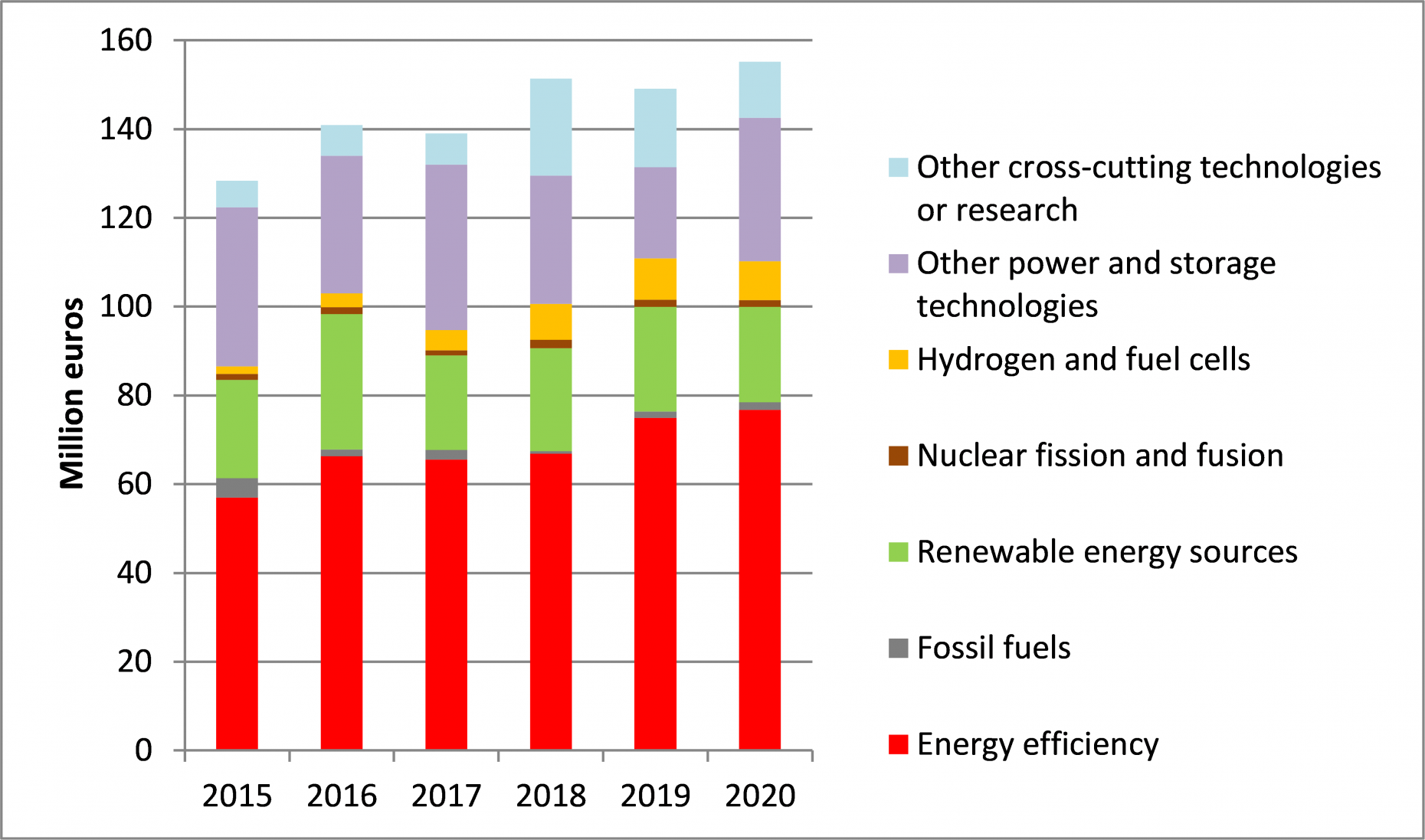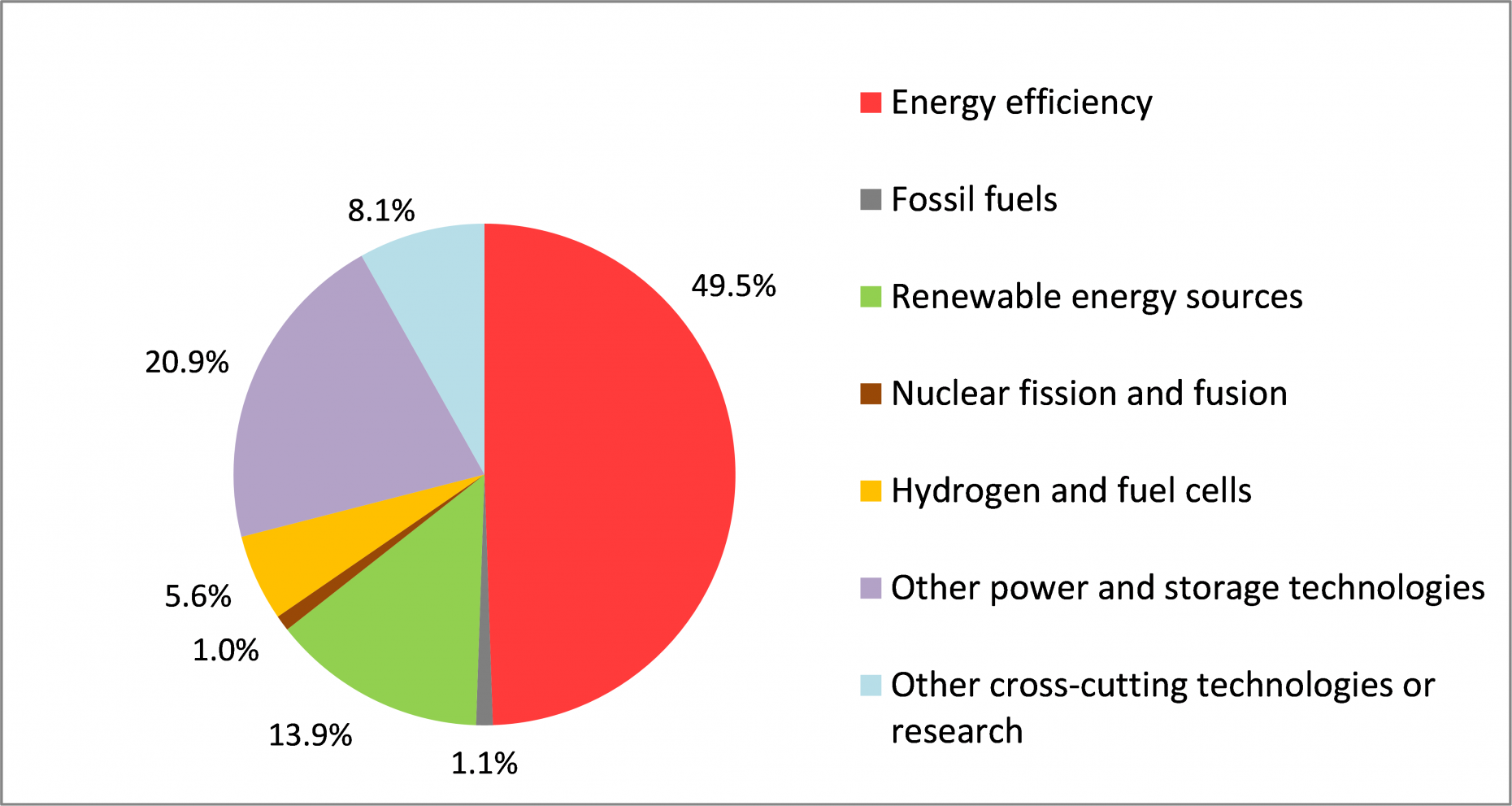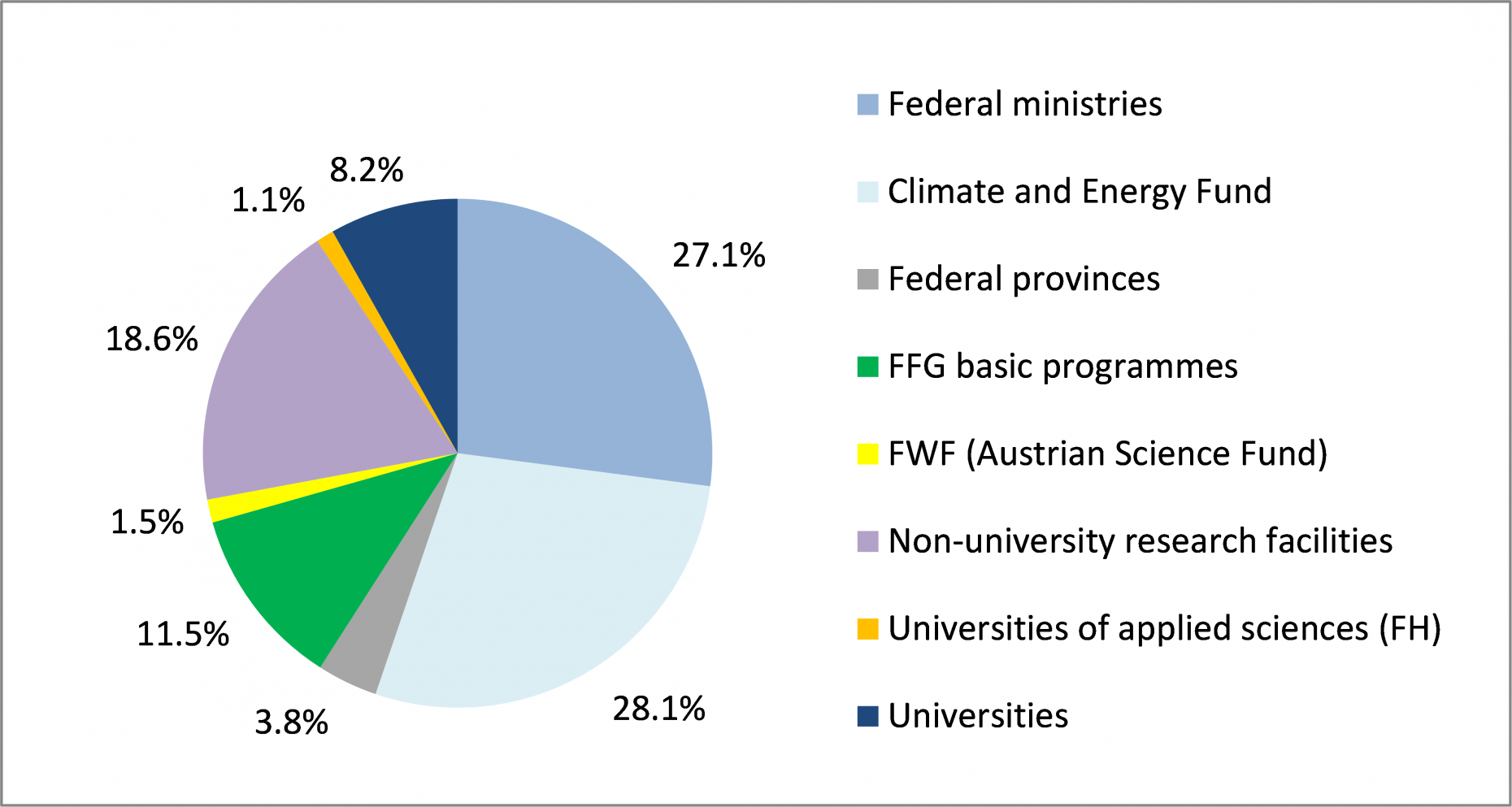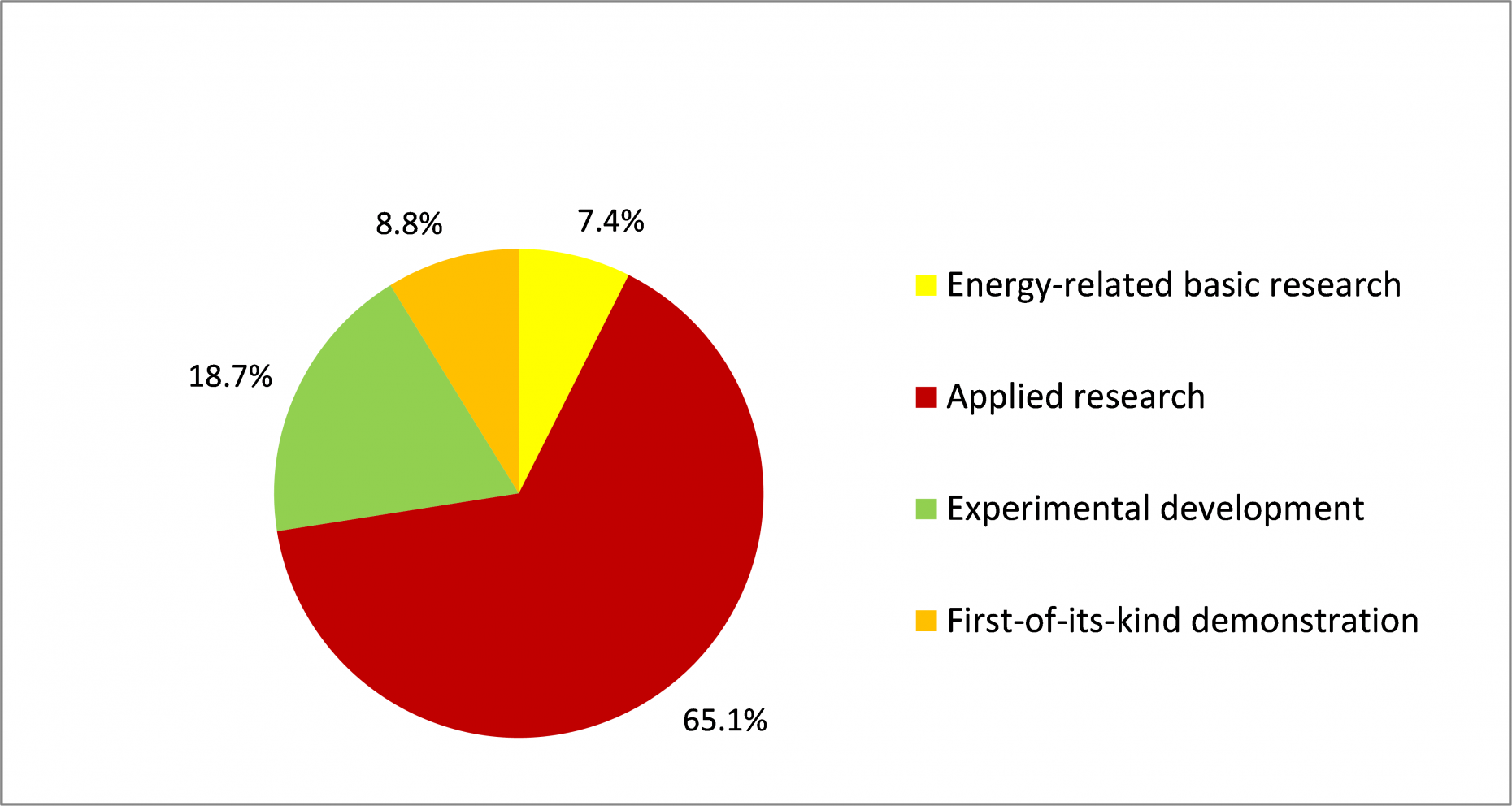Energy R&D 2020: Public Expenditures in Austria
Bibliographic Data
20/2021A. Indinger, M. Rollings
Publisher: BMK
German, 134 pages
Content Description
In 2020, about 1,000 projects and activities for publicly funded energy-related research, development and first-of-a-kind demonstration amounted to 155.2 million euros. A year-on-year comparison thus shows an increase in public energy research expenditure of 6.1 million euros or 4.1% for the year 2020.
As in previous years, the area of "energy-efficient end-use technologies" is in first place with expenditures of 76.8 million euros. Electromobility constitutes an important field of research with a total of 22.3 million euros in 2020, also smart cities with 13.1 million euros as well as energy efficiency in industry and energy-efficient buildings with 11.7 million euros each.
The areas "smart grids and storage" with 32.4 million euros (strong increase of activities in storage of some additional 11.8 million euros), "renewable energy" (especially biomass and photovoltaics) with 21.5 million euros, and "cross-cutting issues" with 12.6 million euros (which include projects that are located in two or more thematic areas) follow by a comparatively wide margin. Total spending on "hydrogen and fuel cells" summed up to 8.7 million euros. The thematic areas "fossil fuels" (1.7 million euros) and "nuclear energy" (1.6 million euros) are far behind in terms of funding, both not a priority in publicly funded energy research in Austria.
Almost three quarters of the expenditures presented in this report were directly financed by funding authorities (federal government, provinces and funds). The remaining part came from research institutions (including universities) provided with equity capital from federal or provincial budgets.
The Climate and Energy Fund is the institution that has provided the highest amount of finance for energy R&D in each year since its beginnings a decade ago. Due to several energy research programmes, this fund spent 43.7 million euros in 2020. The expenditures of the federal ministries – either directly or via programmes within their fields of responsibility – totalled up to 42.0 million euros, with the Federal Ministry for Climate Action, Environment, Energy, Mobility, Innovation and Technology (BMK) investing 34.2 million euros of that amount. The Austrian Research Promotion Agency (FFG) as the national funding agency for industrial research and development provided 19.9 million euros with its permanently open calls of general programmes. In addition to that, the FFG is carrying out a bundle of thematic and structural programmes on behalf of ministries and the Climate and Energy Fund. The total expenditures of the nine federal provinces of Austria – with Styria's 2.4 million euros in the lead in 2020 – amounted to 6.0 million euros. The expenditures of the non-university research institutions based on equity capital provided by the government were 28.9 million euros; the predominant part of this sum was invested by the AIT. Universities (led by Vienna's University of Technology) and also universities of applied sciences spent 12.7 and 1.7 million euros in equity capital, respectively.
Around 1,000 projects and activities were recorded for 2020. 65.1% of the means were used for applied research and 18.7% for experimental development. Expenditures for first-of-a-kind demonstration amounted to some 8.8% in 2020. Basic research summed up to 7.4% and represents the category with the smallest share in this analysis.
The importance of energy research – measured in terms of public funding – has stagnated in the last decade: this has been substantiated in this report by comparison with the development of the gross domestic product (in 2020 a share of 0.041% was achieved) and other metrics.
The gender-specific evaluation of project-data shows that Austria certainly has some catching up to do in terms of the participation of women in energy research projects. The consortia of 15.3% (38 of 248) projects are headed by women. On average, however, female consortium leaders manage smaller projects than their male colleagues. In one-third of the analysed project portfolio, women are responsible for the technical or scientific part of at least one organisation in the consortium of the project, ore leading the consortium. The proportion of female technicians in the projects is 14.6%.
Downloads
- Energy R&D 2020: Public Expenditures in Austria (Full report only available in German) (pdf, 1.23 MB)
- Presentation Slides (English): Energy RD&D - Public Expenditures in Austria 2020 (Andreas Indinger, Marion Rollings, Österreichische Energieagentur) (pdf, 1.82 MB)




